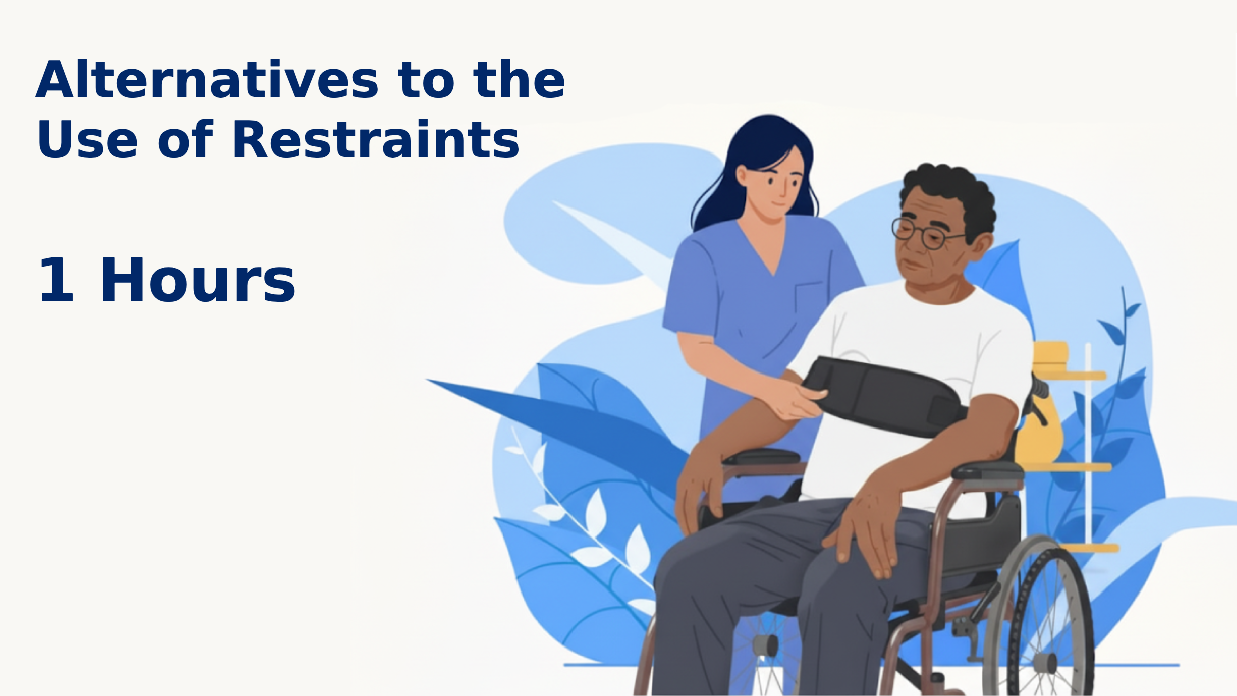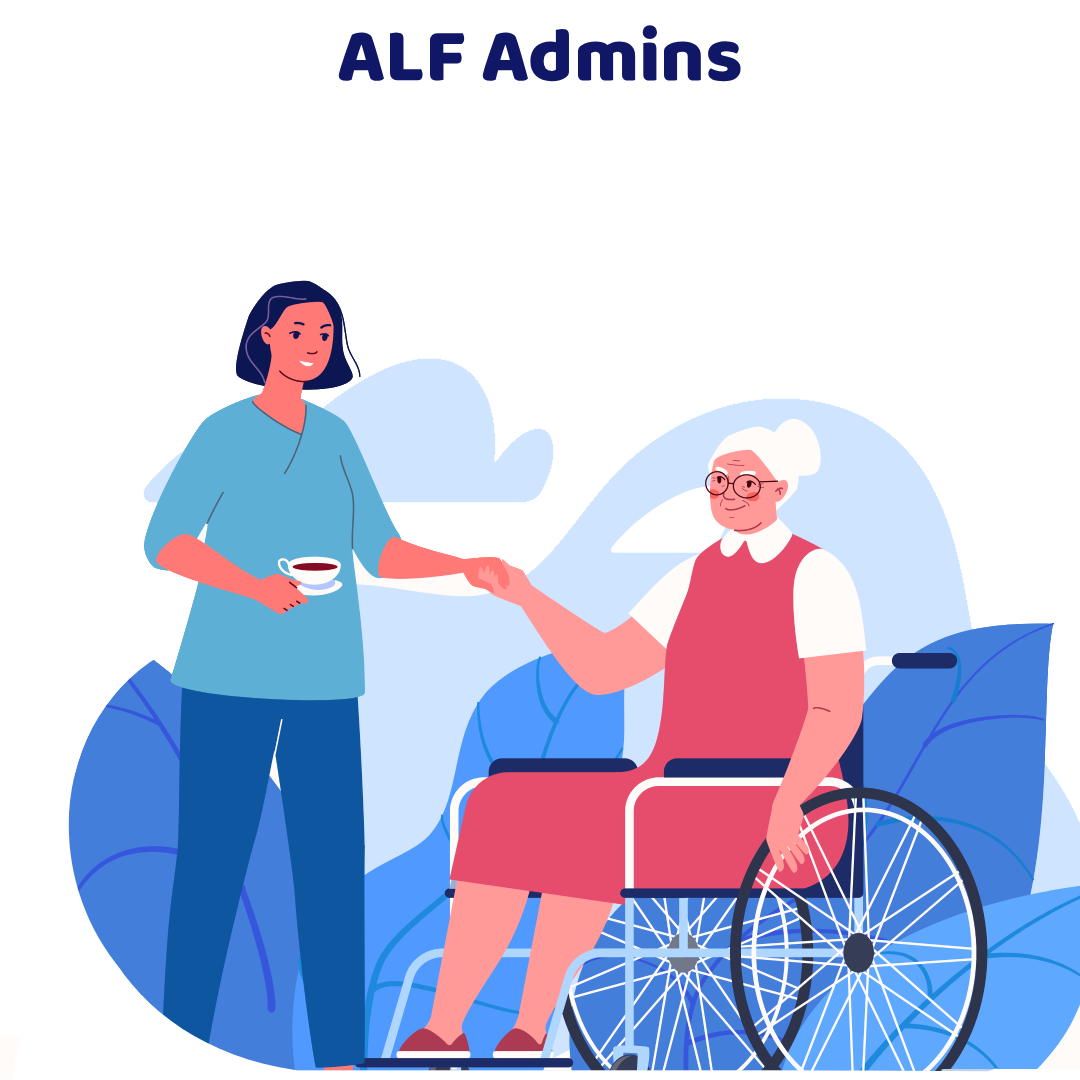
Alternatives to the Use of Restraints
Tracking # 20-1332784
Category:
Click the board buttons to see the category.
Program Objectives:
- Identify Harms of Restraints: List ≥4 physical (e.g., falls/entrapment, skin injury, deconditioning, aspiration) and ≥3 psychosocial harms (e.g., fear, agitation, loss of dignity).
- Screen for Root Causes of Unsafe Behaviors: Use a quick framework (pain, delirium/UTI, toileting, hunger/thirst, over/under-stimulation, seating/fit) and state one observable sign for each cause.
- Select Least-Restrictive Alternatives: Implement ≥3 matched to the identified cause (e.g., toileting schedule, supervised walks, environmental calming, purposeful activity, seating review).
- Demonstrate Verbal De-escalation: Use all 6 domains—introduce, space, listen, offer choices, supportive limits, agree plan—in a brief bedside script.
- Explain Core Requirements: Cover federal principles (least-restrictive, shortest time, ongoing re-evaluation; no use for convenience/discipline) and Florida specifics for orders, emergency chemical use (≤24 hours), notification within 24 hours, and monthly prescriber review for meds functioning as restraints.
- Differentiate ALF vs. Nursing-Home Rules: Apply setting-appropriate alternatives; recognize ALF-specific restrictions (e.g., prohibition of Posey-type mechanical restraints).
- Plan Monitoring During Any Ordered Restraint: List 6 safety checks—airway, circulation/skin, posture, hydration, toileting, pain/distress—and state criteria for reduction/termination.
- Document Restraint-Avoidance or Episode: Record reason; alternatives tried (with timing/response); order details; monitoring findings; re-evaluation/stop time; required notifications.
- Participate in Post-Event Review: Update the care plan with successful alternatives and log data points for quality improvement.
Course Overview:
This course gives direct-care staff practical, Florida-aware strategies to keep residents safe without restraints. You'll learn what counts as a restraint (physical, chemical, environmental, and seclusion), when use may be considered as a last resort, and how to apply least-restrictive, time-limited, and well-documented practices that align with federal residents' rights and Florida requirements.
